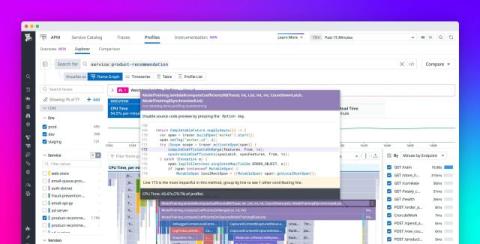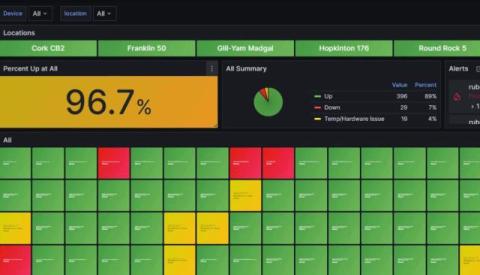Is Your Data Center Ready for AI? 3 Hidden Bottlenecks You Need to Know
The rapid adoption of Generative AI (GenAI) tools like ChatGPT is transforming how businesses operate. These tools hold immense potential, impacting everything from marketing campaigns to legal research and software development. A recent study by PwC found that a staggering 54% of companies had integrated GenAI into their workflows as of November 2023 – a testament to the technology’s rapid adoption. However, this rapid integration presents challenges for IT leaders.











